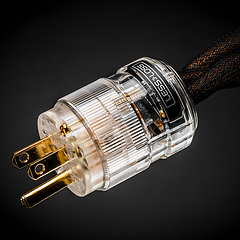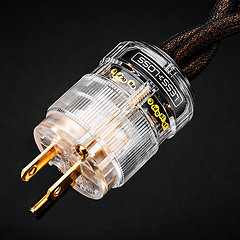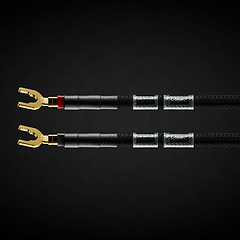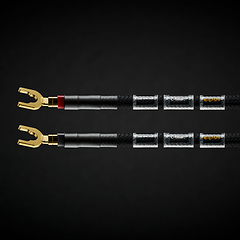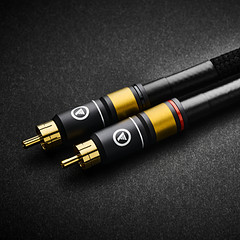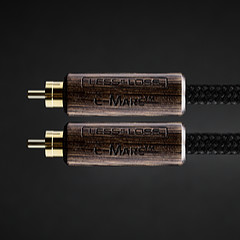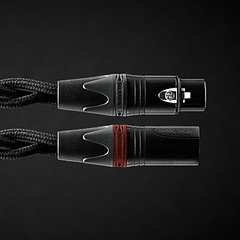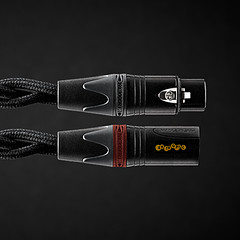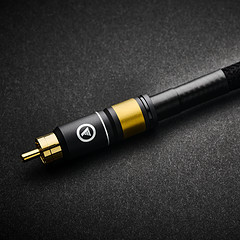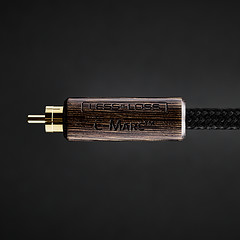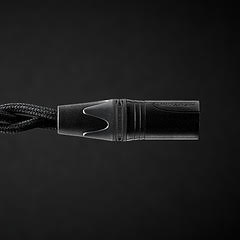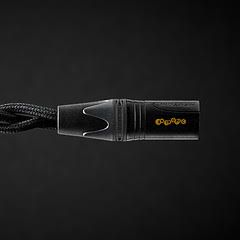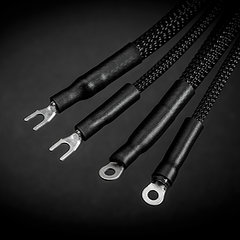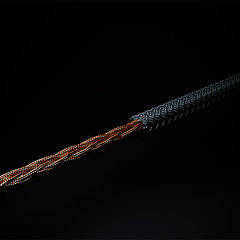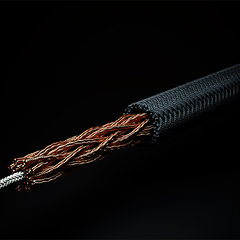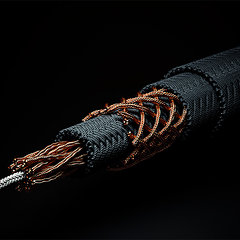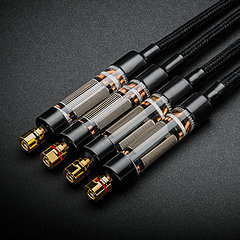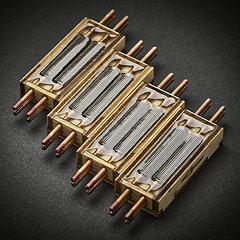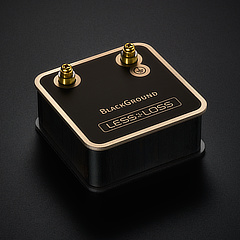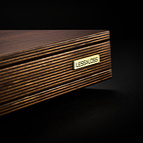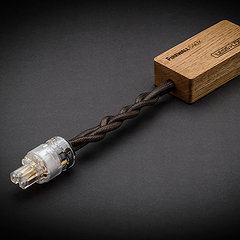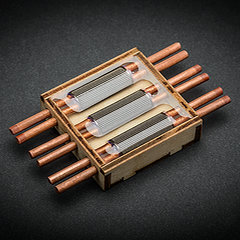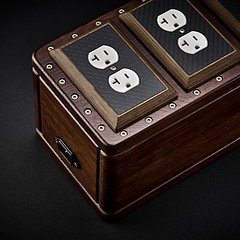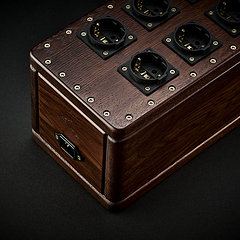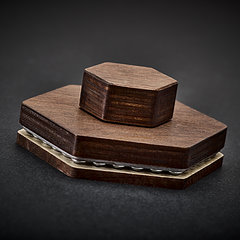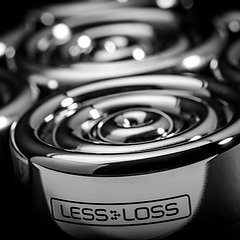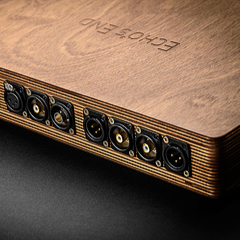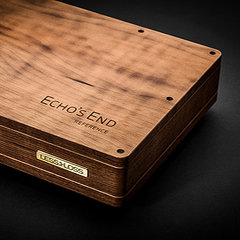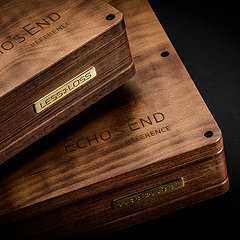The LessLoss high performance digital cable is for 75 Ohm coaxial S/PDIF connections (also available in a 110 Ohm version for AES/EBU signals with XLR connectors). It features advanced shielding and a reflection-attenuation network. These work together to prevent the losses caused by high-frequency induction and high-frequency reflection within a cable. This allows depth, detail, and clarity to be presented in a way that allows digital audio to sound more laminar than ever.

Save ink and paper –
print from here!

Free Worldwide express shipping.
Most deliver in 2-3 business days.
Have you heard reports, or perhaps listened for yourself to discover that when comparing the same type of digital cable, using shorter lengths seems to sound somehow
worse? This is the complete opposite of what you might expect. Because cables introduce loss, normally we’d expect that the shorter the cable, the better the resulting sound. This intriguing and controversial puzzle can easily be explained by the workings of
reflection attenuation. To understand what this is, first let’s explore the concept of frequency reflection in a cable.
High Frequency Reflection Within a Cable
When a signal travels to the end of a cable, one portion of the signal makes its way out of the cable, and another portion is reflected. This is due to an impedance mismatch. (A perfect impedance match is not possible; even if connector and socket are impedance matched, in our imperfect world, reflection can only be partially lessened). This reflection, small as it is, travels back through the cable to the transmitter end where it there experiences yet another reflection due to another impedance mismatch. As the reflection bounces back and forth through the cable, each time it comes to an end of the line, a portion is transmitted out, and a portion is reflected. The portion of the reflection that makes its way out of the cable adds itself to the original signal, introducing a small time-smearing thereof, which translates to
jitter.
Reflection Attenuation & Jitter
All wires exhibit some amount of electrical resistance, just as all signals passing through a wire experience attenuation (their amplitude is lowered). Hence, the shorter the length of the wire, the less the signals traveling down the wire will be lowered in amplitude. Conversely, the longer the wire, the more the signals will be lowered. All of this information can be assembled to explain why shorter digital cables sound worse. The following comparison illustrates:
Comparing two same-build digital cables (one 2m long, the other 0.5m long), the levels at which the very first reflections arrive at the cable’s output will be different. The latter cable’s first reflection will have travelled a total of 1m (0.5m x 2), the former a total of 4m (2m x 2).
We can see that the greater the difference in cable length, the greater the difference in reflection level once it has reached the cable’s output. In our example, the longer cable’s first reflection traveled a total of 4m, whereas the shorter cable’s first reflection traveled only 1m. This means that the level of the reflection in the longer cable will have been lowered more. Why? Because it will have traveled farther and therefore will have experienced proportionately more attenuation.
True, the original signal is also attenuated by the longer cable length, but the original signal is attenuated only by traveling the length of the cable
once, while the first reflection is attenuated by traveling the cable
twice (once back to the input end of the cable and once back to its output end).
We can see now how this means that the shorter cable will sound worse. Upon leaving the cable, the signal has a larger proportional level of reflections. Because the shorter cable adds proportionately more reflection content to the signal receiving circuitry, the circuitry sees more
jitter in the signal.
Jitter From Longer Cable Lengths as Longer Antennas
If shorter digital cables make digital audio sound worse, it seems logical to simply use a longer cable. (After all, this would reduce the reflection content added to the signal receiving circuitry and lower the amount of
jitter). But this won’t do. By lengthening the cable, we allow more external high-frequency noise (from the air) to be induced into the cable. This will just pass through into the circuitry and create intermodulation distortion, also contributing to
jitter. Using a longer cable would just change the source and type of
jitter, resulting in a different flavor of distortion. So we see that our best efforts are halted by a forced compromise between, on the one hand, lowering internal reflection levels by using longer cables, and on the other, increasing high-frequency noise induction by doing the so.
Advanced Shielding is Needed
Using math (FFT transforms), we know that transferring a square wave running at 16 MHz requires totally controlled electromagnetic conditions in the immediately surrounding EM field, well into the multi-gigahertz range. This is easily audible after D/A conversion. The problem is that this high range is not covered by any standard metal shielding technique. Controlling the EM field at these high frequencies requires special methods. We employ five shielding methods in our S/PDIF cable, all tuned to work together:
- copper foil
- densely-braided, silver-plated, copper shielding
- dielectric spacer
- even higher density copper shielding
- very dense double layer of finely braided carbon fibre
- two long ferrite rings at the ends
